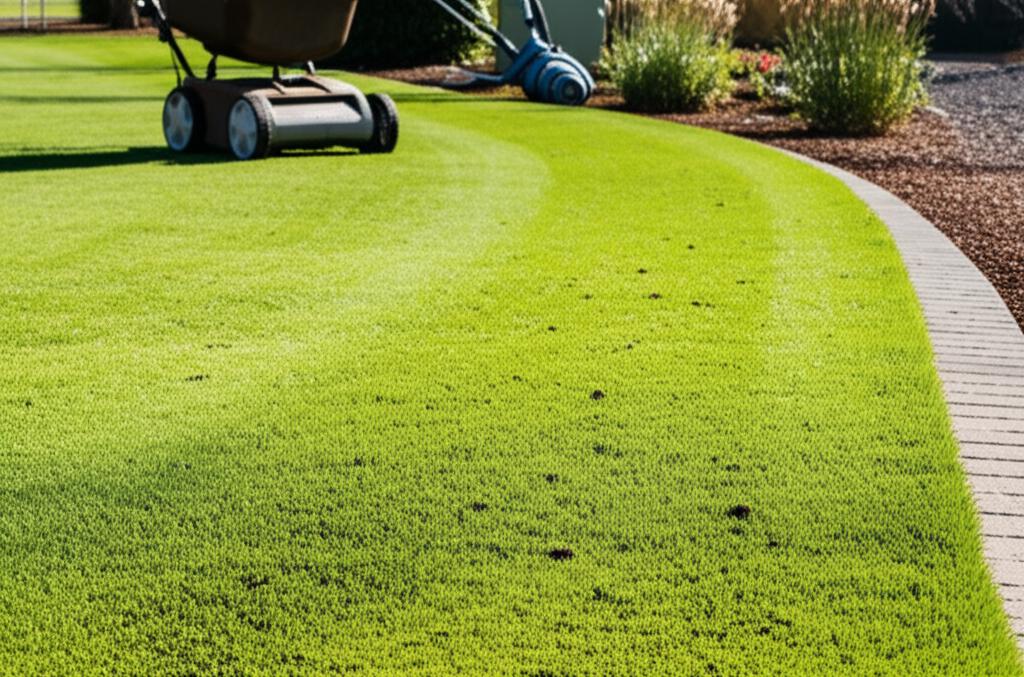Grow Fresh Vegetables Through Winter with Cold Frames
As temperatures fall and traditional gardens enter dormancy, a properly constructed cold frame enables continued vegetable production. This structure functions as a compact, unheated greenhouse that captures solar warmth and safeguards plants against frost, wind, and snow. Proper implementation allows harvesting of tender greens, resilient herbs, and root vegetables long after outdoor beds cease productivity.
Functions of a Cold Frame
A cold frame consists of a bottomless box topped with a transparent lid that serves as a solar collector. Sunlight penetrates the lid, heats the soil, and retains warmth within the enclosed space. The solid sides block chilling winds, while the adjustable lid regulates internal temperature and humidity levels. This design extends the growing season by several weeks in both spring and fall; enhanced insulation sustains cool-season crops throughout severe winter conditions.
Consider a cold frame an intermediary between exposed gardening and full greenhouse operations. Construction costs remain low, and no electrical power is required. All warmth derives from solar energy and the thermal mass of the underlying soil.
Selecting an Optimal Location
Site selection influences performance more than construction materials. Position the cold frame in a location receiving full sunlight, preferably oriented southward to maximize exposure. Steer clear of areas shaded by structures, fences, or trees. A gentle slope facilitates drainage, reducing risks of waterlogging and root rot. For installations on hard surfaces such as patios or driveways, incorporate four to six inches of soil or compost within the frame to provide adequate root depth.
Account for wind patterns as well. Placement near a south-facing wall or hedge offers protection and heat reflection without obstructing winter sunlight. Ensure the barrier does not cast shadows during low-angle daylight hours.
Materials and Design Considerations
Construct the frame using durable, soil-safe materials like untreated lumber, bricks, concrete blocks, or stacked straw bales. The lid requires a transparent covering, such as salvaged window panes, acrylic sheets, or twin-wall polycarbonate panels for better insulation. A basic design employs 2x10-inch untreated boards for the walls and a hinged window sash for the roof. Elevate the rear wall by four to six inches higher than the front to achieve a 20- to 30-degree tilt, optimizing solar capture.
Standard dimensions measure three to four feet in width and six feet in length, permitting access from both sides without entering the structure. When sourcing recycled components, verify the integrity of glass or plastic elements to prevent breakage. Refrain from pressure-treated wood, as it may introduce harmful chemicals into the growing medium.
Step-by-Step Construction
- Site Preparation. Clear and level the ground, removing weeds, rocks, and debris to create a stable base.
- Frame Assembly. Cut boards to size and secure them with galvanized screws or nails, forming a rectangular box approximately eight to ten inches high.
- Lid Angling. Install the rear wall taller than the front by the desired height difference, ensuring the lid slopes toward the south.
- Lid Installation. Attach the transparent top using rust-resistant hinges along the rear edge, allowing it to lift for access and ventilation.
- Sealing. Apply foam weather stripping or silicone caulk around the lid-frame contact points to minimize air infiltration.
In regions with extreme cold, enhance insulation by surrounding the exterior with 12 inches of straw, leaves, or foam boards. Alternatively, sink the frame two to four inches into the soil to leverage geothermal stability.
Regulating Temperature and Moisture
Maintaining equilibrium between warmth and humidity presents the primary operational challenge. On clear days, internal temperatures may climb 20 to 30 degrees Fahrenheit above ambient levels. Prop the lid open one to two inches using a wooden prop or automatic vent opener to release excess heat and prevent scorching.
Irrigate conservatively, as the enclosed environment retains soil moisture longer than open plots. Excess water promotes fungal issues; apply one-half inch per week, using a fine rose on a watering can for even distribution. Time applications to midday, allowing foliage to dry before evening chills arrive.
Recommended Crops
Cold frames excel with frost-tolerant, cool-season varieties that thrive in moderated conditions. Ideal selections include:
- Leafy greens such as lettuce, spinach, and arugula
- Brassicas like kale, Swiss chard, and mustard greens
- Roots including carrots, radishes, and beets
- Herbs such as parsley, cilantro, and chives
- Alliums like green onions and leeks
Sow seeds in late summer or early autumn for maturation in cooling weather. As growth decelerates, the frame preserves harvested produce, maintaining crispness for extended storage. In spring, utilize the space for hardening off seedlings started indoors, acclimating them gradually before full outdoor transplanting.
Adapting Through Seasons
During peak winter, supplement protection with nighttime coverings of old blankets, burlap sacks, or straw-filled mats to retain ground heat. Uncover promptly at dawn to ensure full light penetration. Monitor for rapid temperature fluctuations as days lengthen; bright sun can cause overheating within hours.
Transitioning to spring involves shifting from overwintered crops to warm-season starters. Sow tomatoes, peppers, or basil seeds inside the frame, benefiting from its shelter as outdoor risks diminish. This versatile setup supports succession planting, maximizing productivity year-round.
Expenses and Upkeep
Erecting a fundamental cold frame from purchased materials typically ranges from fifty to one hundred dollars, scaled to dimensions and choices. Incorporating reclaimed items like discarded windows reduces expenses by up to fifty percent. With routine care, the unit endures multiple years; clean the lid interior to remove condensation buildup, tighten hinges seasonally, and replace damaged panels promptly. Annually, amend the soil with two to three inches of compost to sustain nutrient levels and structure.
Harvesting Success in Cold Weather
Implementing a cold frame converts idle winter landscapes into sources of fresh nourishment. Assemble the basic components, select resilient varieties, and fine-tune based on local conditions to achieve reliable yields. The outcome includes vibrant greens, robust roots, and the fulfillment of self-sufficient gardening amid frost-covered grounds.

